Product Life Cycle Analysis: Hilton Hotel Case Study
VerifiedAdded on 2020/02/17
|5
|561
|46
Report
AI Summary
This report provides an analysis of the product life cycle (PLC) and its application within an international business context, using Hilton Hotels as a case study. The report begins by defining the PLC concept, emphasizing its relevance in understanding the evolution of products from their inception to their eventual decline. The report then examines each stage of the PLC – introduction, growth, maturity, and decline – and illustrates how Hilton Hotels can apply strategies to manage each stage effectively. The report highlights the importance of product innovation and adaptation to maintain market share and profitability. References to relevant academic resources are included to support the analysis. The report concludes by underscoring the importance of proactive management of the PLC to ensure long-term success and competitiveness in the global market, particularly for businesses like Hilton Hotels that operate internationally and must adapt to diverse consumer preferences and market dynamics.
1 out of 5
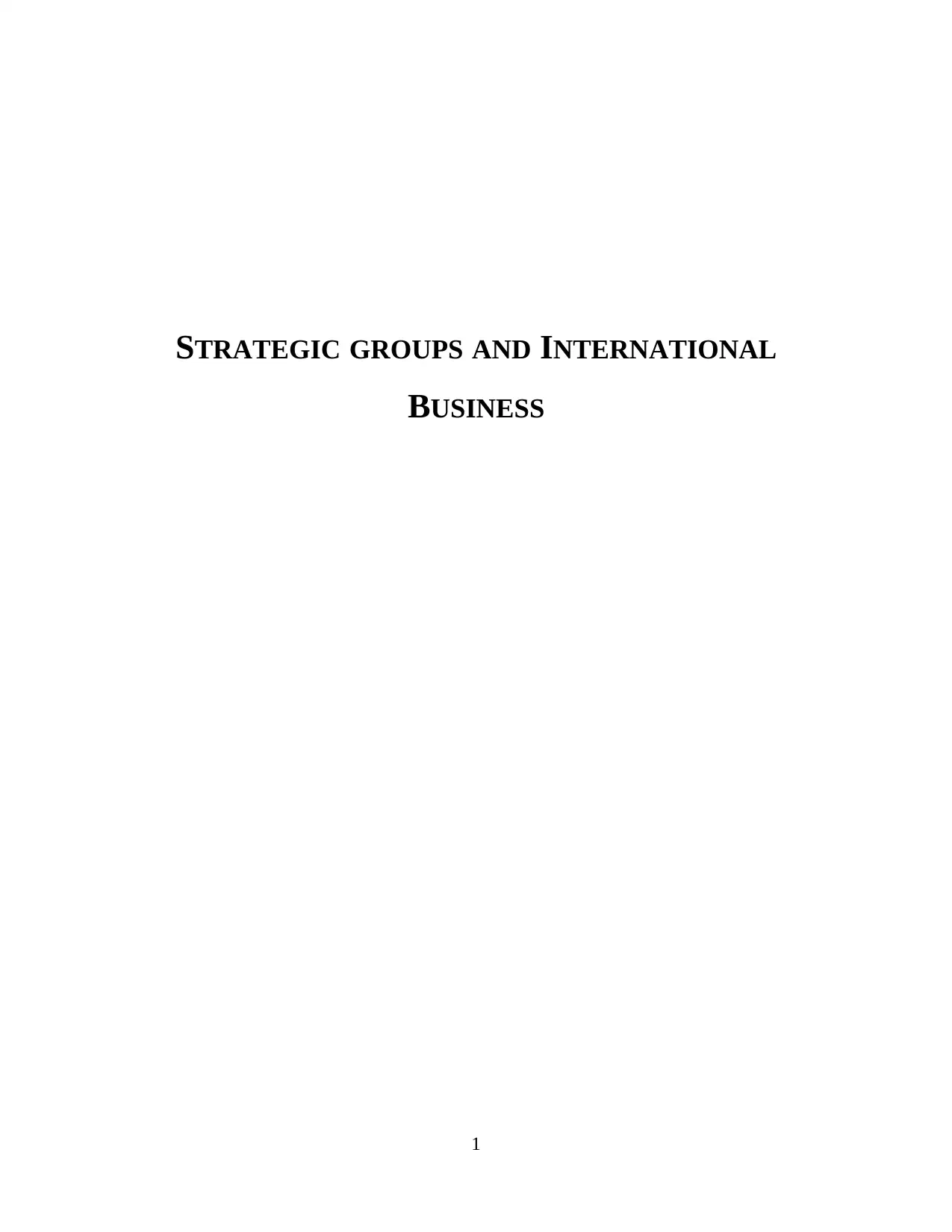
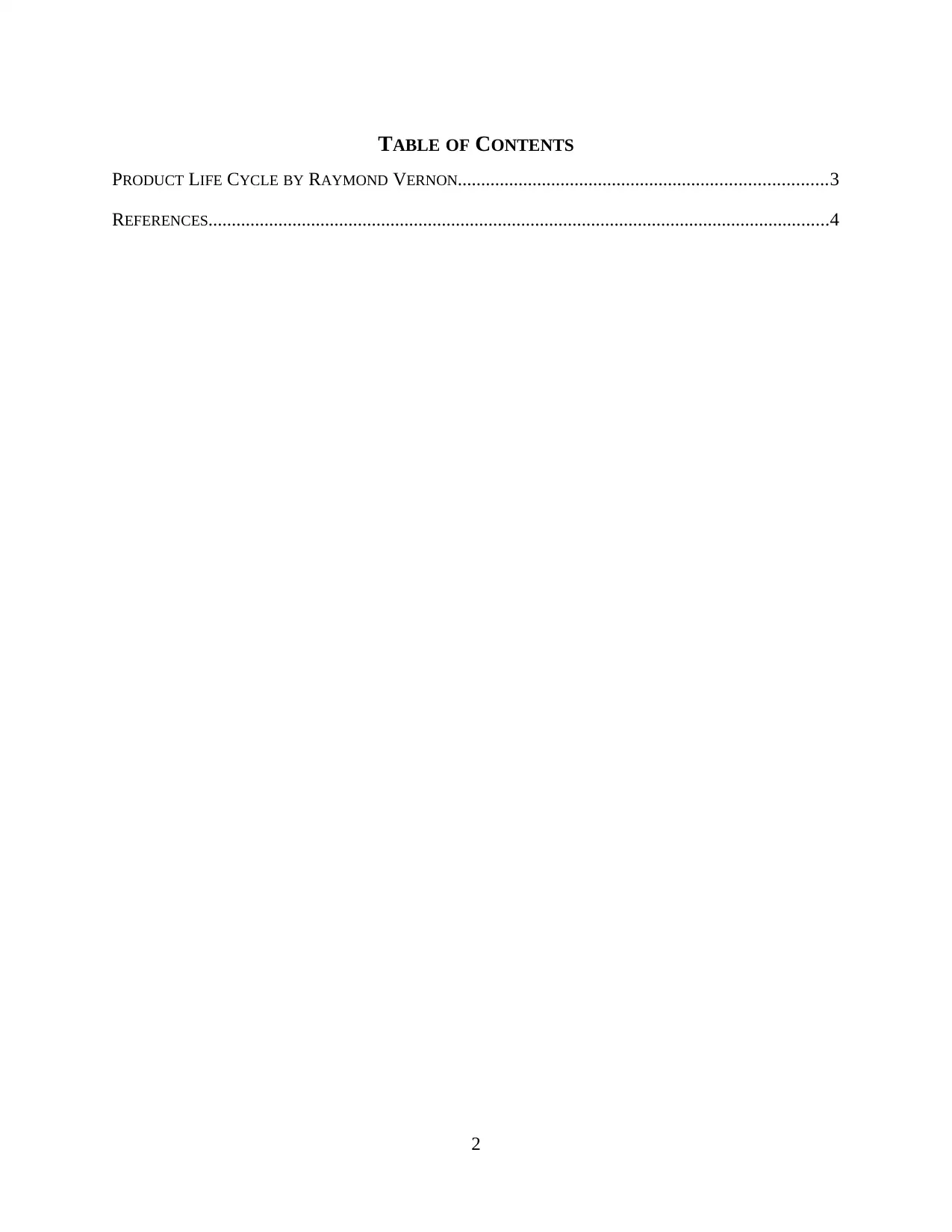
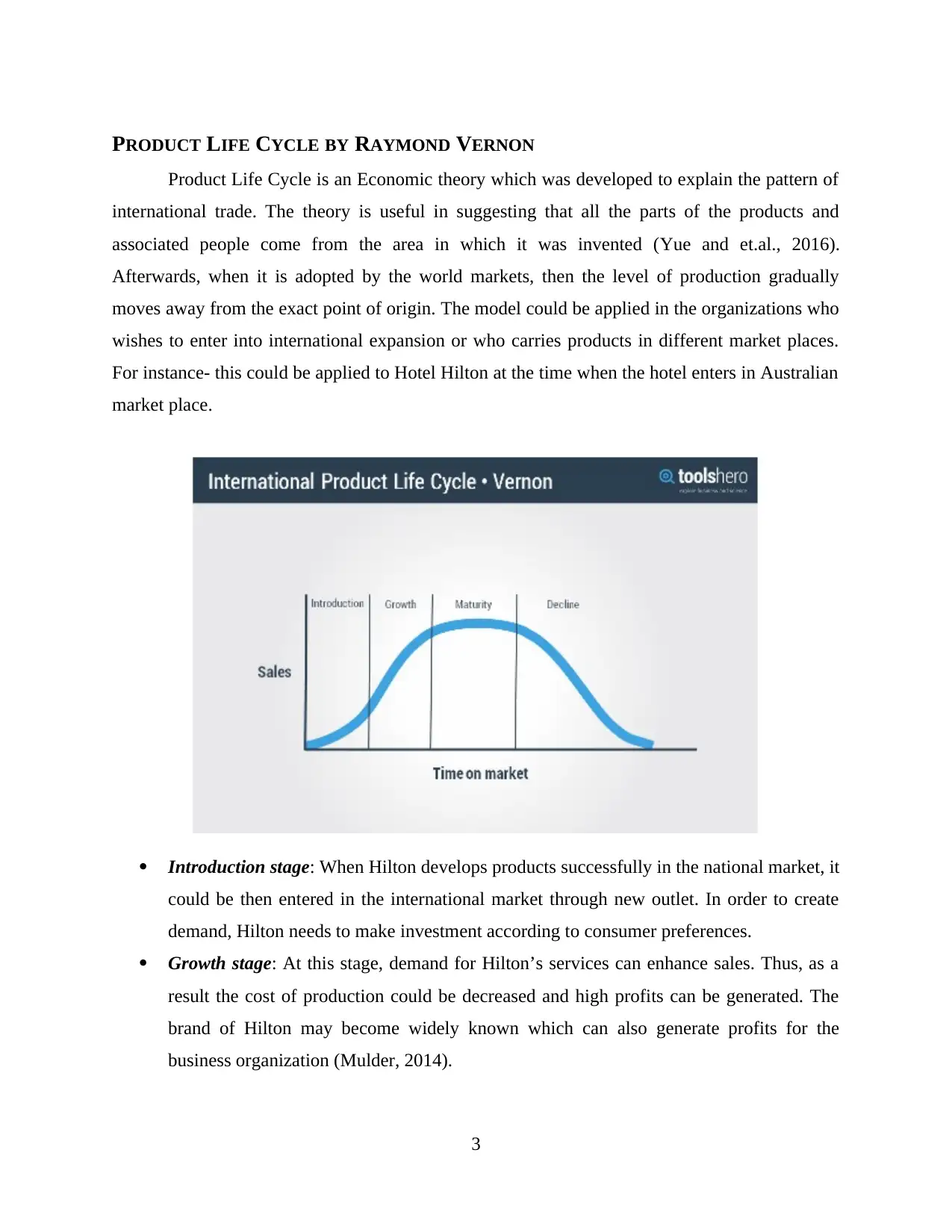

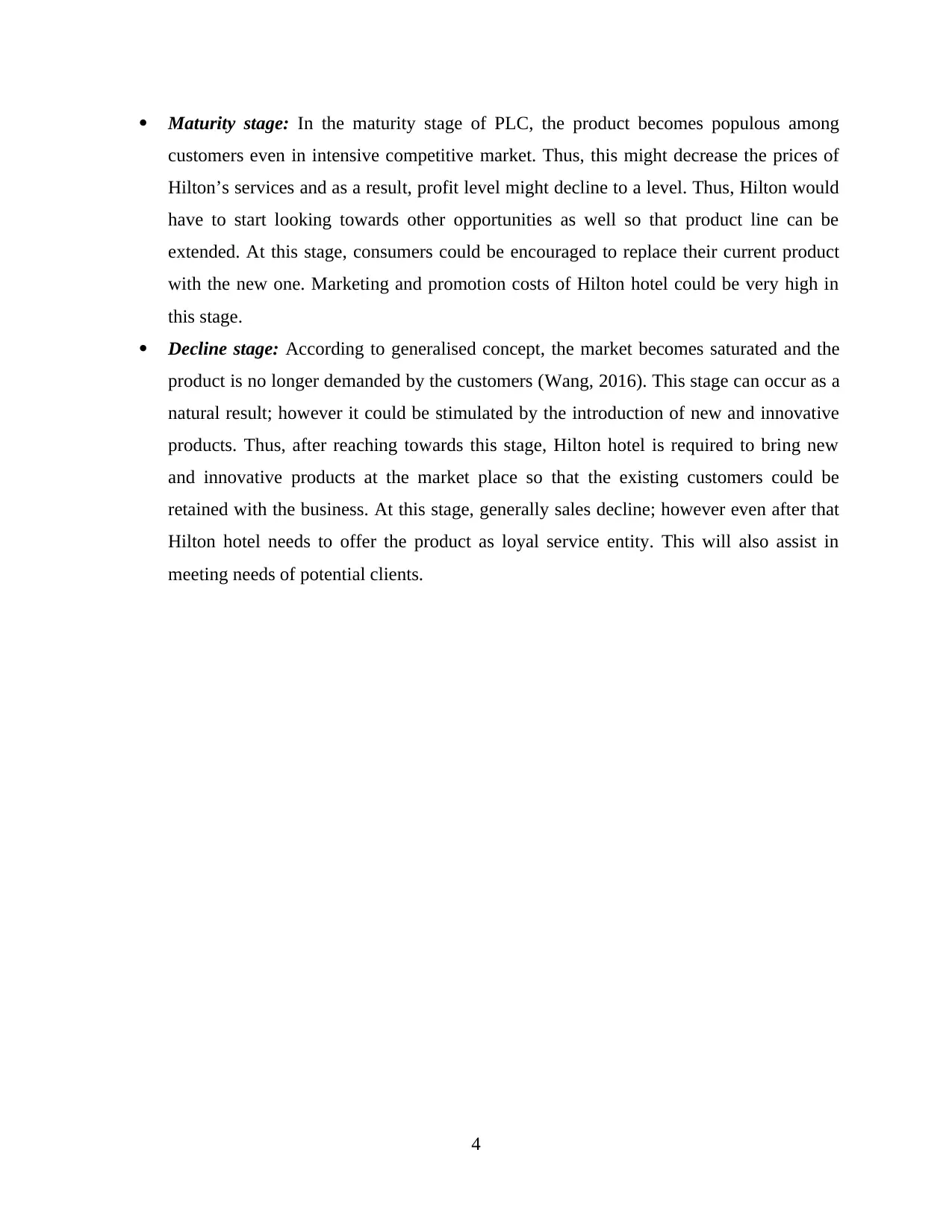
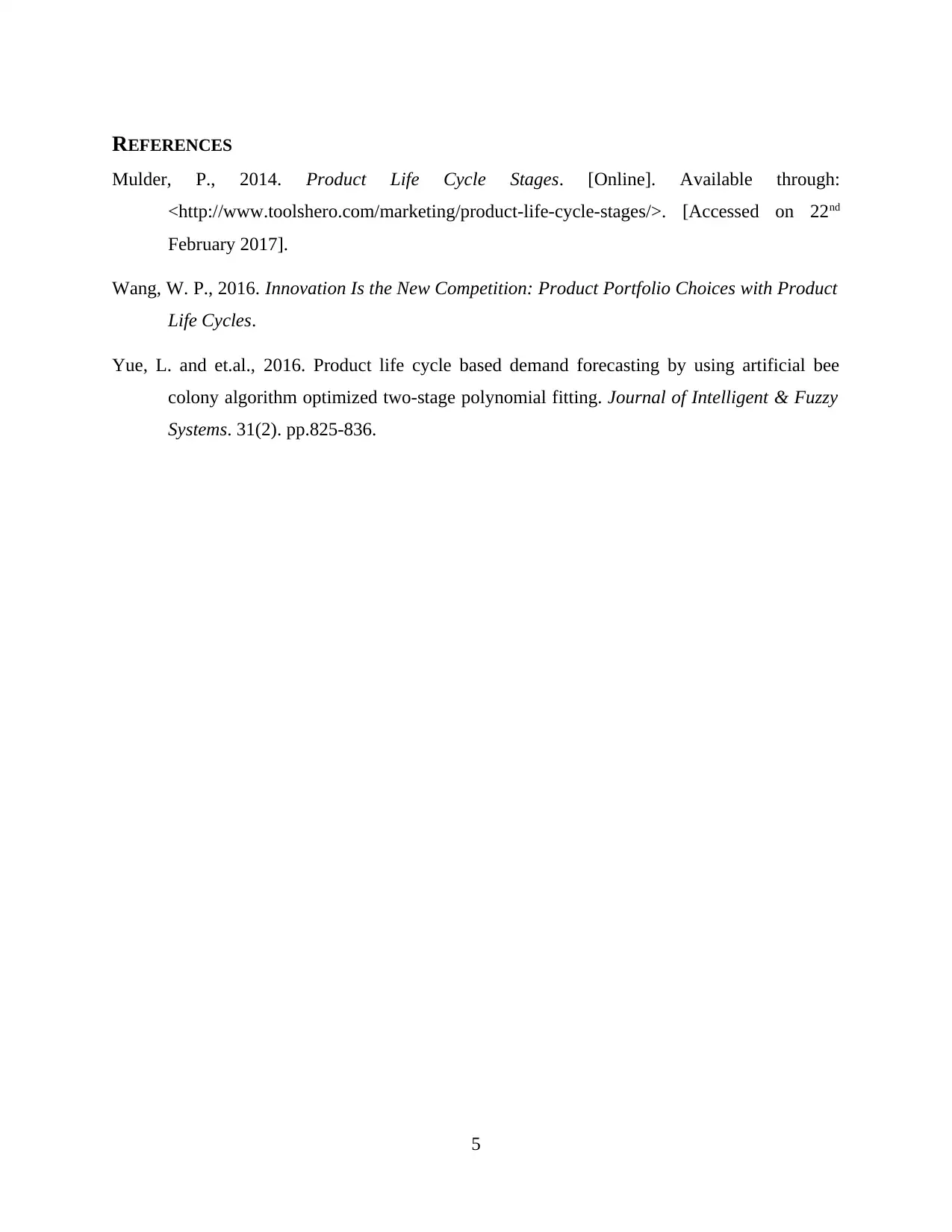






![[object Object]](/_next/static/media/star-bottom.7253800d.svg)